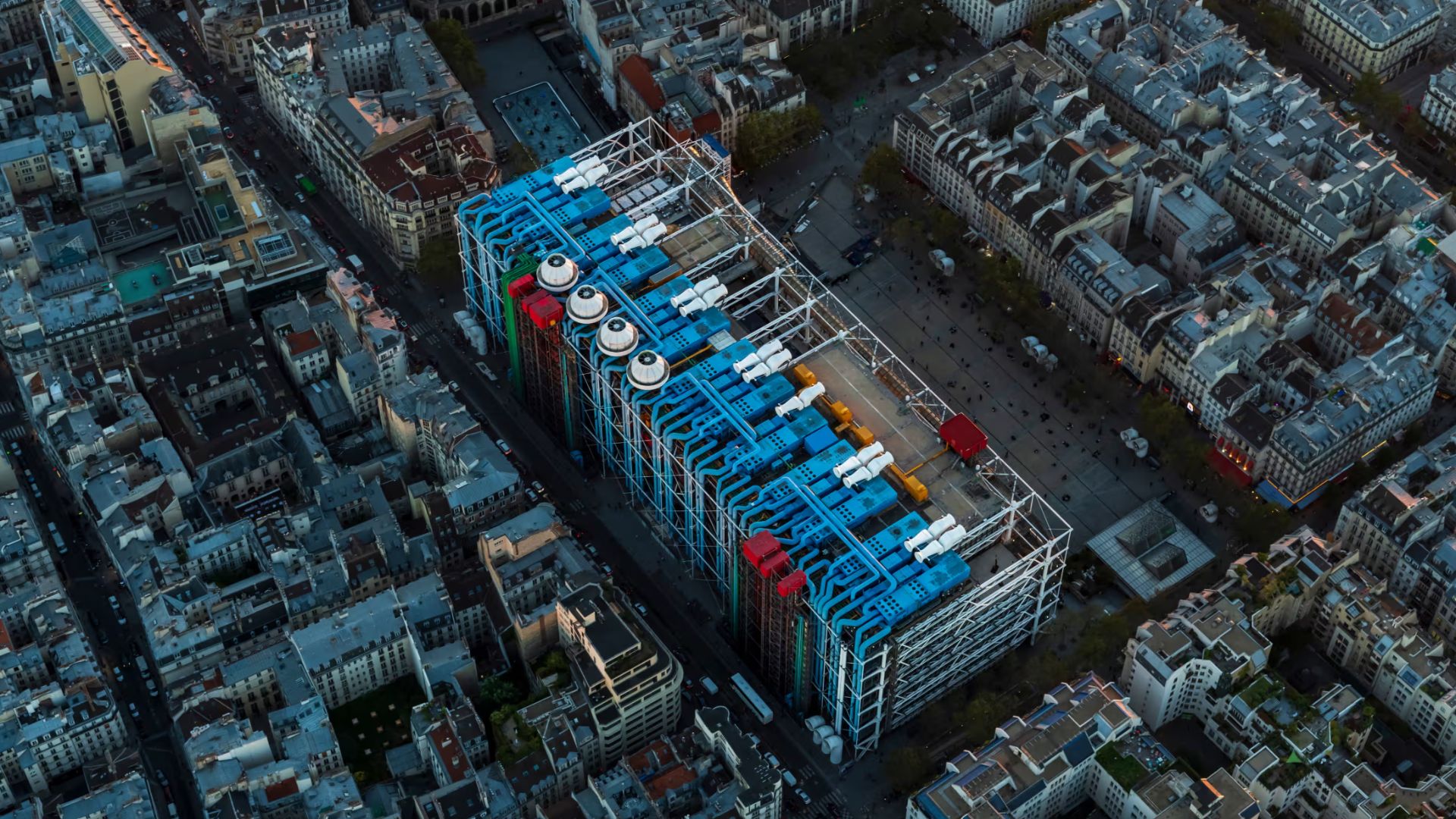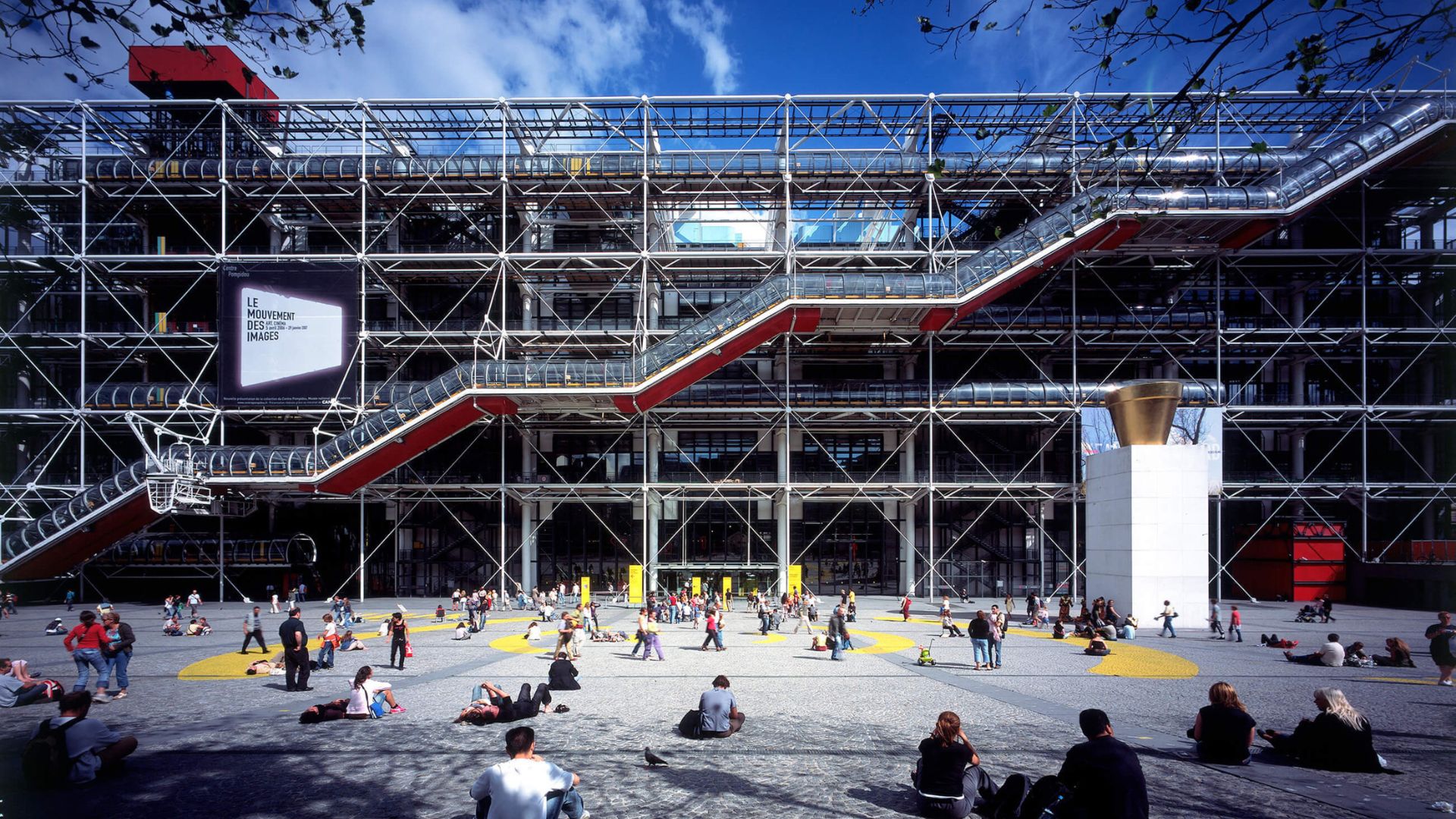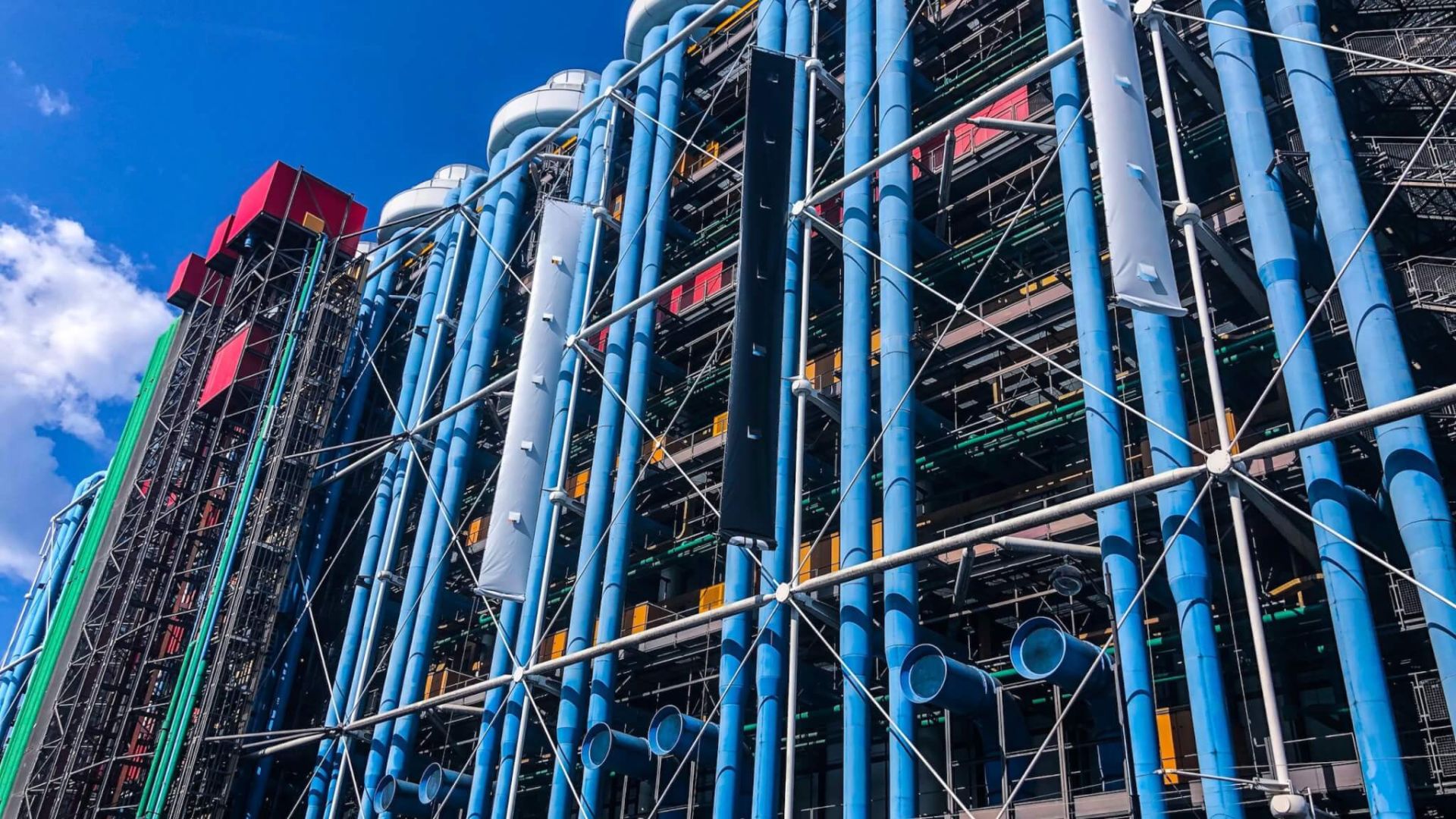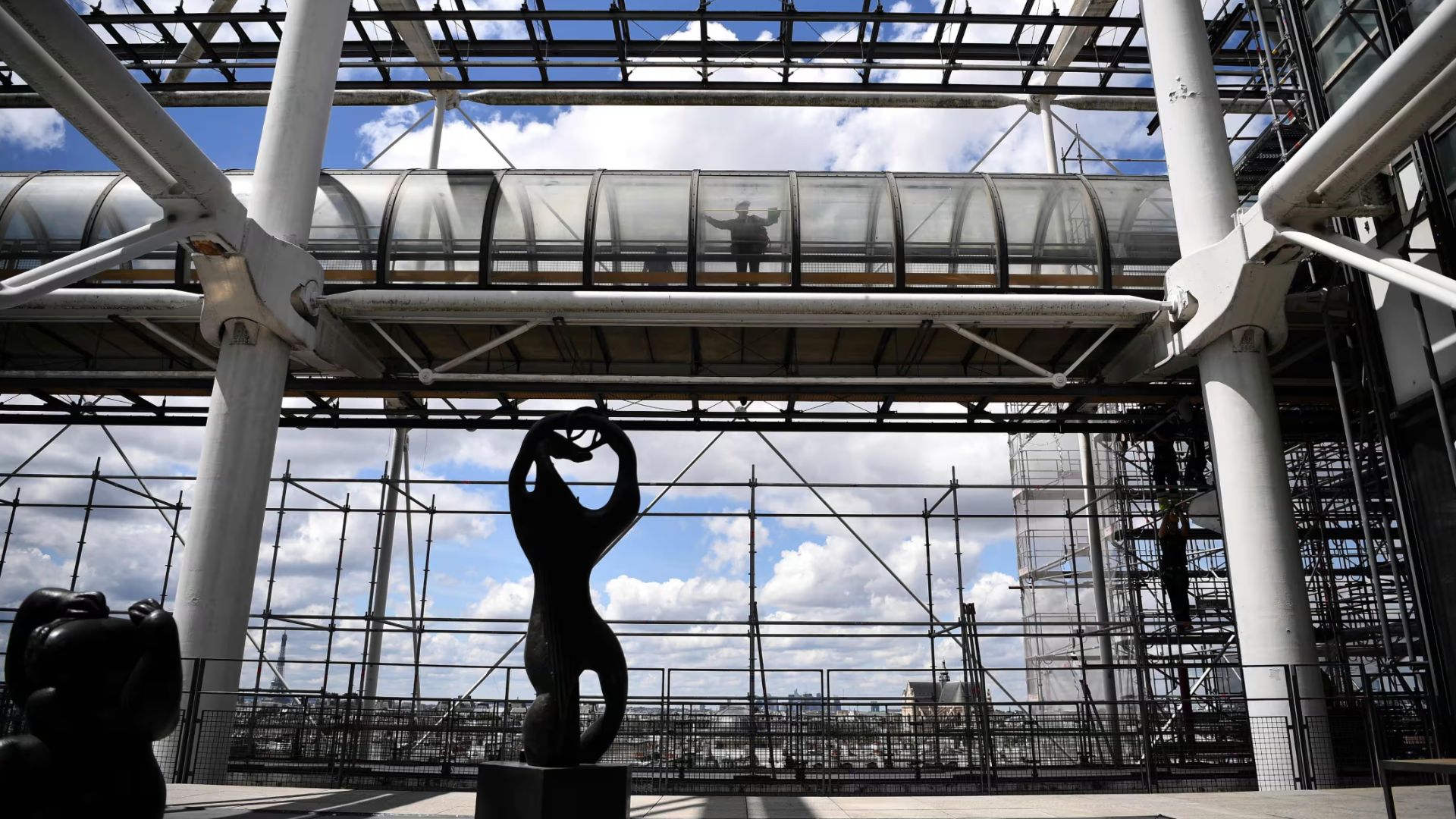What the Pompidou Got Right About Making Art Public

I once read that art only works when it’s public, when it spills into everyday life.
If it doesn’t, it’s just decoration. It loses its power.
The Pompidou took that seriously and made it the foundation of everything it was.
Most people know it as that weird building with all the colorful pipes on the outside.
Or the one with the view over Paris.
Or just the big modern art museum next to “Les Halles”.
But to me, it was always more than a landmark.
It felt like something alive.
There’s a library where people nap.
Kids ride the escalators just for fun.
Someone might be sketching next to a protest video installation.
You don’t feel like a guest. You feel like you’re part of it, even if you’re just sitting there, doing nothing at all. A rotating mess of films, lectures, strange corners dedicated to silence or sound or something in between.
When it opened in 1977, with all the pipes and escalators exposed like scaffolding, it freaked people out.
Too raw. Too mechanical. They called it “ugly.”
But over time, it became one of the most visited buildings in the world, a prototype for what cultural space could look like.
Ten floors. Over 140,000 works.
Yes, you’ll find Kahlo, Duchamp, Delaunay, Matisse.
But also: sound rooms. Ephemera. Rooms built around language, stillness, or light.
And now, it’s closing by the end of September.
Not forever, but for long enough.
Five years. No public access.
Right now, there’s one last reason to go.
The museum is hosting Wolfgang Tillmans’ first solo institutional show in Paris since 2002.
A major retrospective. 35 years of photography, sound, video, printed matter, performance.
And it fits the Pompidou. Two forces that never tried to be flashy or perfect. Just honest.
Because if you zoom out, the Pompidou was never just about art.
It was a working prototype for a different kind of space.
Messy, multidisciplinary, accessible, and yes, a little weird, in the best way.
And in a time where everyone’s talking about relevance, innovation, connection, it’s worth studying the things that didn’t try too hard to prove themselves.
I’ve been thinking about what it means to create spaces (physical or not), where culture isn’t just consumed, but shaped.
That’s something we care about at Hubert, too.
Not just designing things that look good, but building contexts that invite participation, even friction. That allow for things to be layered, imperfect, in-progress and still powerful.
The Pompidou was that. And for a little while longer, it still is.
Why write a whole post about the Pompidou?
Because before Saigon, I chose Paris, and this was one of the first buildings I visited.
Now I’m going back, just for a few days. First thing I’ll do: visit the Pompidou! Before it changes. Just to see it again, as it is now.




